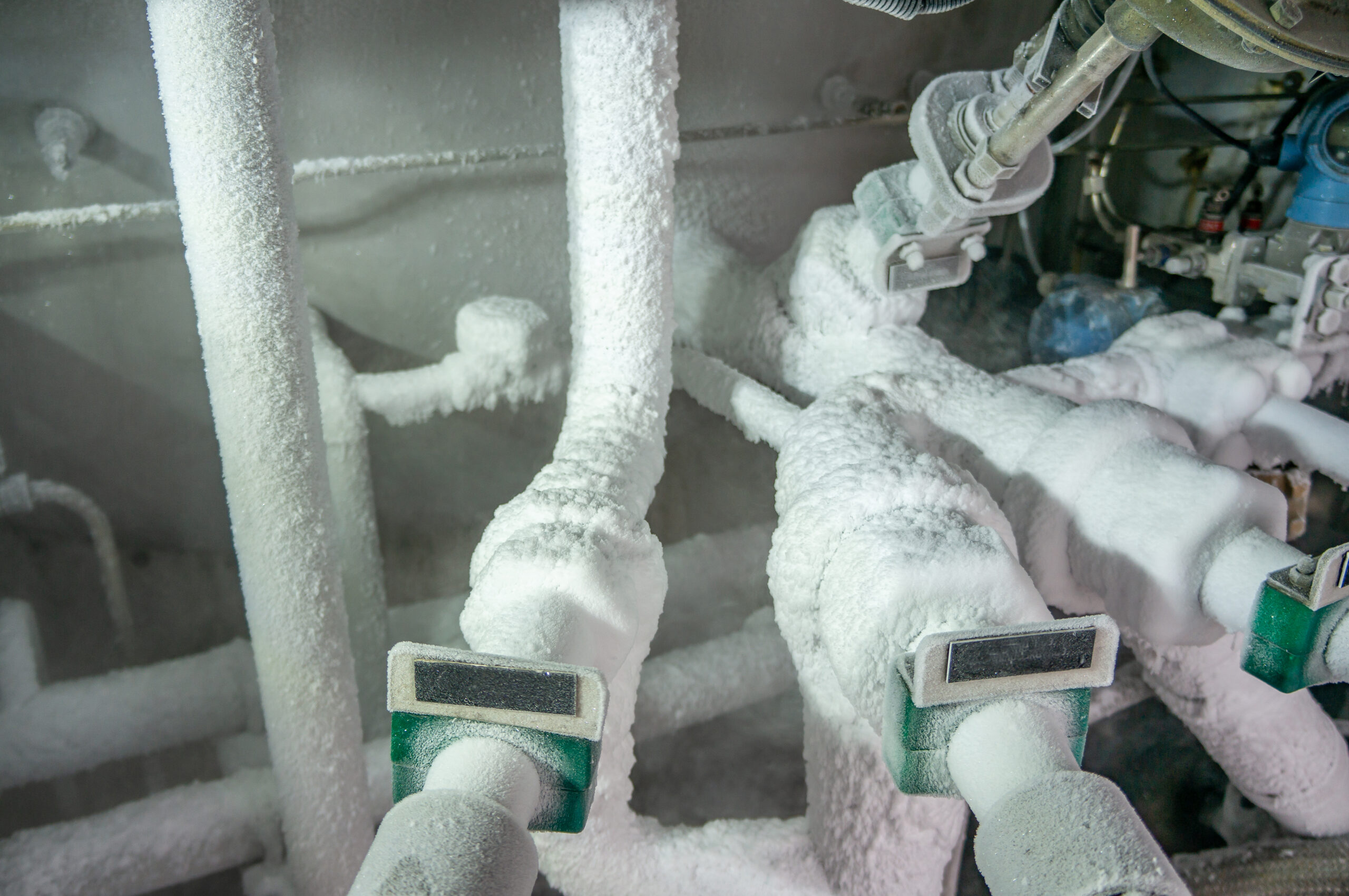Unfreezing Frozen Water Pipes: Essential Tips And Tricks

Dealing with frozen water pipes during the cold winter months is a challenge many homeowners face. Understanding how to unfreeze frozen water pipes effectively and safely is crucial in preventing damage and ensuring the smooth functioning of your home's plumbing system. In this comprehensive guide, we'll explore essential tips and tricks on how to unfreeze pipes, as well as the drawbacks of using salt and chloride-based ice melts.
Identifying And Locating Frozen Pipes
The first step in how to unfreeze frozen water pipes is to identify and locate the affected pipes. Signs of a frozen pipe include reduced water flow or no water flow from faucets. Pipes most at risk are those in unheated interior spaces like basements, attics, and garages, as well as pipes that run along exterior walls.
Opening Faucets
Before you start the thawing process, open the faucet connected to the frozen pipe. This helps relieve pressure in the system and allows water to flow out once the ice begins to melt, reducing the risk of pipes bursting.
Applying Heat To Thaw The Pipe
Gently apply heat to the frozen section of the pipe using a hair dryer, electric heating pad, or portable space heater. Start from the faucet end and work your way towards the coldest section. Never use an open flame, such as a blowtorch or propane heater, as this poses a severe fire risk.
Using Warm Towels
Another method is to wrap the frozen section with towels soaked in hot water. This is a slower process but can be effective for mildly frozen pipes. It’s a safer method, especially in areas where electrical appliances may not be safe to use.
Inspecting For Leaks
Once the pipe is thawed, inspect it for any leaks. Freezing can cause pipes to crack or burst, and even small leaks can lead to significant water damage if left unaddressed.
Preventive Measures For The Future
To prevent pipes from freezing again:
- Insulate pipes, especially those in vulnerable areas.
- Keep garage doors closed if there are water supply lines in the garage.
- Open kitchen and bathroom cabinet doors to allow warmer air to circulate around the plumbing.
- Let cold water drip from the faucet served by exposed pipes.
The Downsides Of Using Salt And Chloride-Based Ice Melt
Using salt or chloride-based ice melts to thaw frozen pipes is not advisable. These substances can be highly corrosive and may damage metal pipes, leading to leaks and deterioration over time. Moreover, they can have adverse environmental impacts, such as soil contamination and harm to aquatic life.
Recommendation: Safe Paw For Safer Deicing
Instead of using harmful salt-based ice melts, consider Safe Paw, a chloride-free and toxin-free alternative. Safe Paw is safe for use around pets and children and does not pose the same corrosion risks as salt-based ice melts. It’s effective in low temperatures and can be used to treat areas around pipes without the worry of corrosion or environmental damage.
Conclusion
Learning how to unfreeze frozen water pipes is an essential skill for homeowners in colder climates. By following these tips and using non-corrosive, eco-friendly products like Safe Paw, you can efficiently address frozen pipes while protecting your home’s plumbing system and the environment. Being prepared and knowing the right techniques can make a significant difference in managing the challenges of frozen water pipes during winter.
https://safepaw.com/unfreezing-frozen-water-pipes-essential-tips-and-tricks/
Comments
Post a Comment